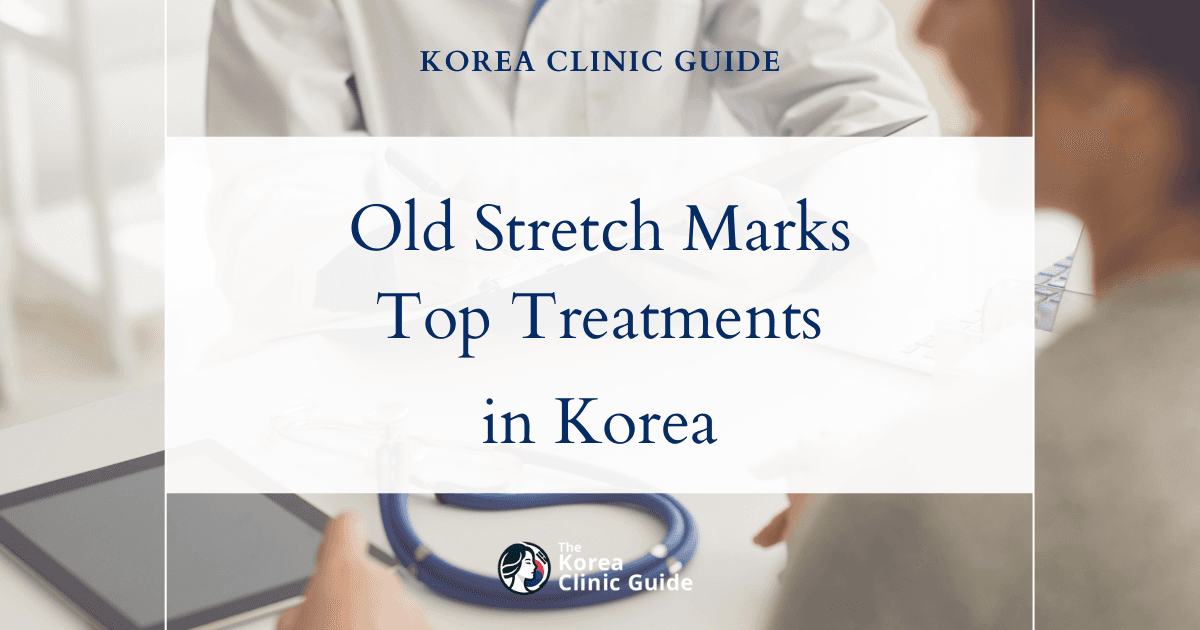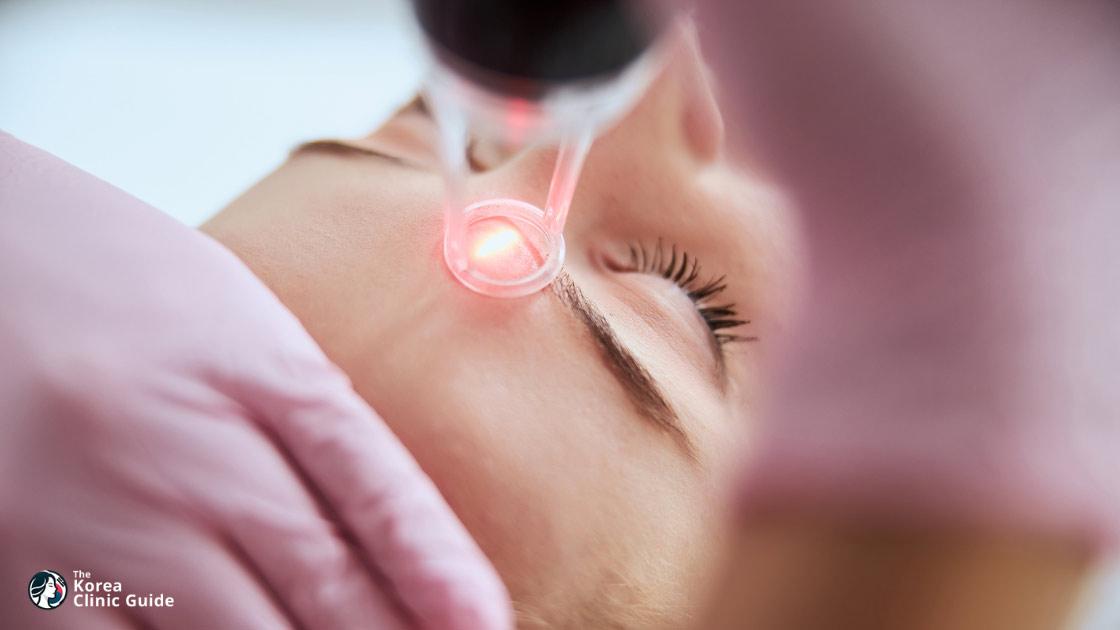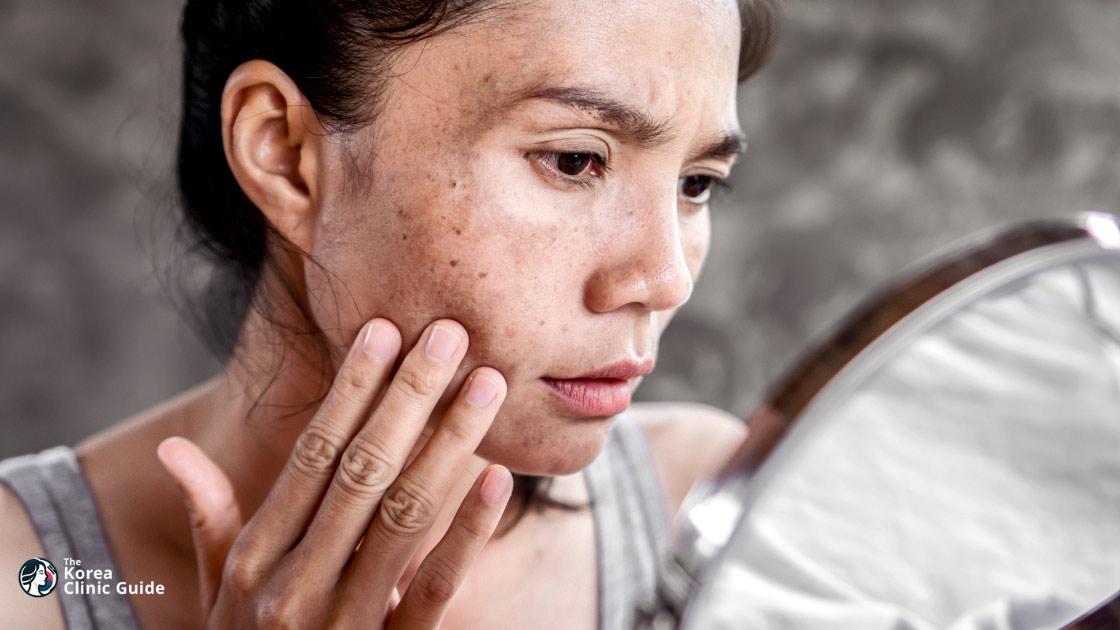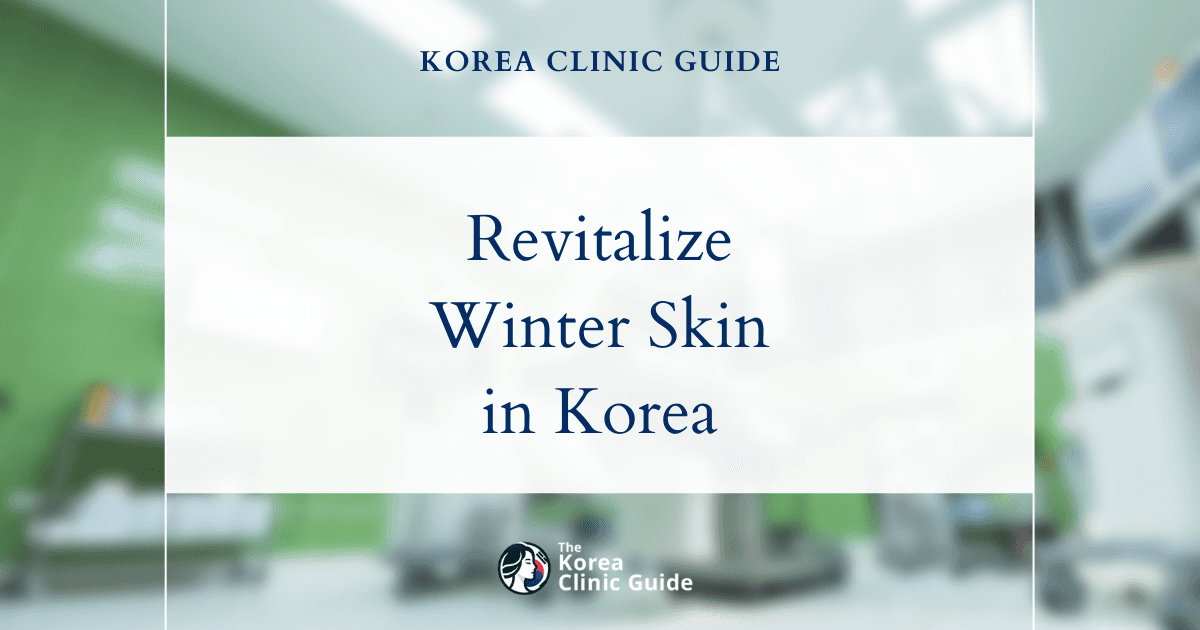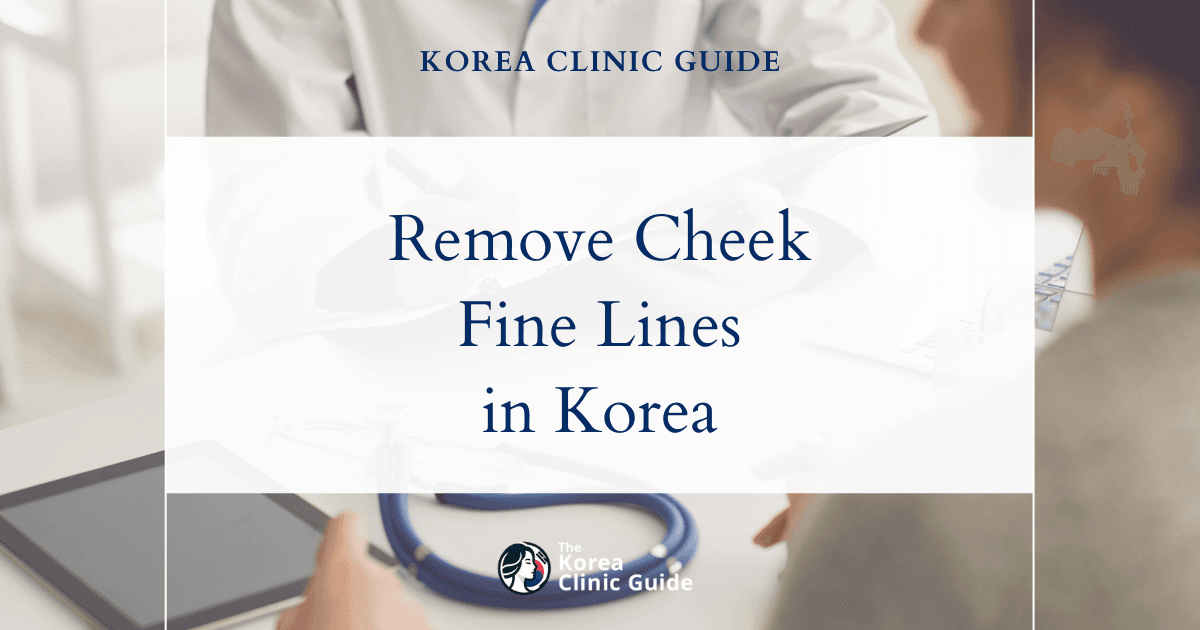Medical Tourism Blog
PDRN Injection in Korea | Best Clinics, Costs, Procedure Types & More
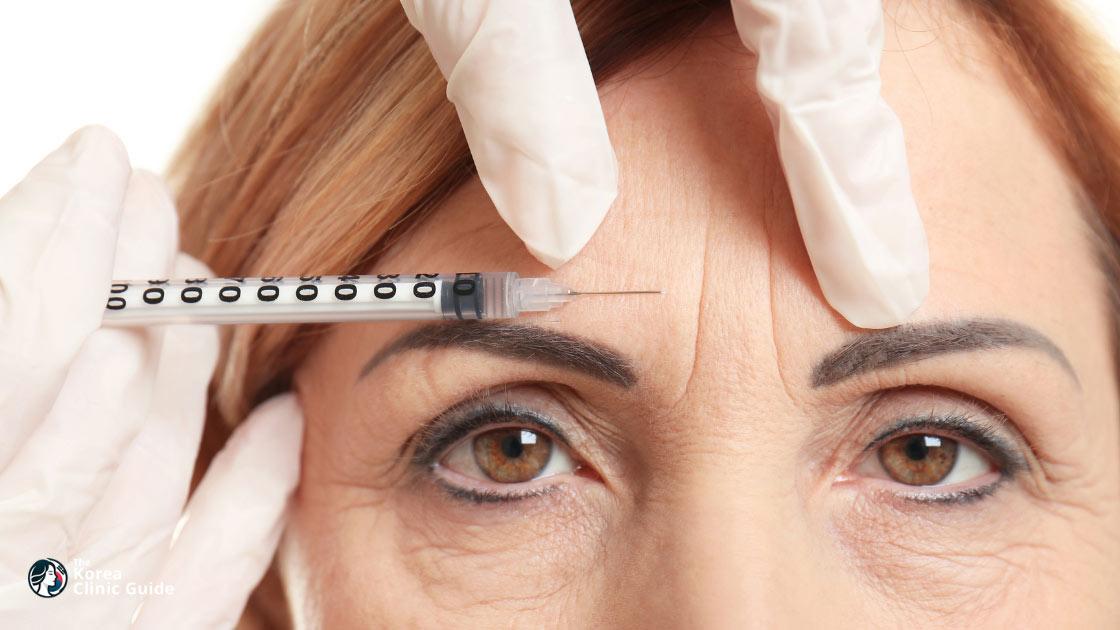
Table of contents
- What Is PDRN Injection?
- Best Clinics in Korea for Pdrn Injection
- PDRN Injection in Korea
- Cost of PDRN Injection in Korea
- Alternatives to PDRN Injection
- Conclusion
Considering treatment in Korea? Everything you need to know e.g. — how to avoid scams, visas, interpreters, recovery tips — in our Medical Tourism Master Guide. Plan with confidence in minutes, not weeks!
Imagine tapping into the regenerative power of salmon DNA to revitalize your skin and promote healing—this is the promise of PDRN Injection, a groundbreaking treatment gaining momentum in Korea. With its potential to rejuvenate skin and accelerate recovery from various conditions, PDRN Injection is being hailed as a pioneering advancement in both aesthetic and medical fields.
What Is PDRN Injection?
PDRN Injection, short for Polydeoxyribonucleotide Injection, is a specialized medical procedure that has gained significant traction in South Korea and other parts of the world due to its regenerative properties. PDRN is a naturally occurring substance extracted from salmon DNA, renowned for its remarkable ability to stimulate cell growth and repair damaged tissues. This procedure primarily targets individuals seeking skin rejuvenation, wound healing, or relief from certain orthopedic and inflammatory conditions.
Who Is It For?
PDRN Injections are particularly beneficial for:
- Anti-Aging and Skin Rejuvenation: Individuals experiencing signs of aging such as wrinkles, fine lines, and sagging skin can benefit from the regenerative capabilities of PDRN.
- Orthopedic Conditions: Patients suffering from joint pain, tendon injuries, or other musculoskeletal issues may experience accelerated healing and pain relief with PDRN injections.
- Wound Healing: Those with chronic wounds, ulcers, or surgical incisions can benefit from faster tissue repair and reduced inflammation through these injections.
- Post-Trauma Recovery: Patients recovering from surgical procedures or physical trauma may find PDRN injections beneficial for quicker healing and tissue regeneration.
- Hair Regrowth: Emerging evidence suggests potential benefits for individuals experiencing hair loss or thinning hair.
Procedure Types
There are several types of PDRN Injection procedures, each tailored to specific needs and clinical indications:
-
Intramuscular Injection:
- Purpose: Commonly used for orthopedic conditions such as tendonitis or muscle injuries.
- Procedure: A concentrated solution of PDRN is injected directly into the muscle to promote tissue repair and reduce inflammation.
-
Subcutaneous Injection:
- Purpose: Primarily used for anti-aging and skin rejuvenation.
- Procedure: PDRN is administered just below the skin surface to enhance skin elasticity, hydration, and overall texture.
-
Intra-Articular Injection:
- Purpose: Used for joint-related issues such as arthritis.
- Procedure: The PDRN solution is injected directly into the affected joint to reduce pain and promote cartilage repair.
-
Dermal Injection:
- Purpose: Focused on nuanced facial rejuvenation.
- Procedure: Fine injections of PDRN are administered to target specific areas of the face, promoting collagen production and cell turnover for smoother, younger-looking skin.
-
Mesotherapy:
- Purpose: Comprehensive rejuvenation treatment.
- Procedure: A combination of PDRN along with other nourishing agents is injected into the mesoderm (middle layer of skin). This technique targets various skin concerns simultaneously, including hydration, tone, and texture.
Clinical Evidence and Efficacy
PDRN has undergone rigorous clinical research, illustrating its effectiveness in various medical fields. Studies have demonstrated its capability in enhancing fibroblast growth, reducing inflammation, and accelerating tissue repair. Dermatologists, orthopedic specialists, and wound care experts often recommend PDRN injections as part of a broader treatment plan, capitalizing on its natural origin and minimal side effect profile.
Safety and Side Effects
One of the key attractions of PDRN injections is its excellent safety profile. Because PDRN is a naturally derived substance, typically from salmon, the risks of adverse reactions are minimal. Common side effects are generally limited to temporary redness, mild swelling, or bruising at the injection site. However, individuals with specific fish allergies or sensitivities should disclose this information to their healthcare provider to avoid potential allergic reactions.
Preparing for the Procedure
Before undergoing a PDRN injection, patients are usually advised to avoid certain medications such as blood thinners and non-steroidal anti-inflammatory drugs (NSAIDs) to minimize the risk of bruising. It’s also recommended to discuss any ongoing medical conditions or allergies with the healthcare provider. The procedure itself is typically quick, often completed in under an hour, with little to no downtime required.
By integrating PDRN injections into their treatment repertoire, healthcare providers in South Korea and globally continue to offer innovative solutions for a range of medical and aesthetic concerns.
Best Clinics in Korea for Pdrn Injection
Listed below are the best clinics in Korea for pdrn injection:
| Clinic Name | Key Features | Special Techniques |
|---|---|---|
| PangPang Clinic | Pioneering medical institution devoted exclusively to thread lifting; located in Gangnam, Seoul; team contributes to international beauty conferences and presentations; home to the world's first Thread Lifting Research Institute; philosophy centered on patient individuality; employs 31 specialized threads for optimal, tailored lifting solutions; dedicated Thread Lifting Consultation Center; globally recognized for clinical excellence and patient-focused service. | Advanced, research-based thread lifting techniques; individualized treatment using 31 functional threads |
| B.V Clinic | Premier destination for PDRN injection in Korea; located at Sinnonhyeon Station; expertise in minimally invasive thread lifting and advanced skin tightening; full suite of state-of-the-art laser and volume-enhancing treatments; philosophy of medical professionalism and personalized, patient-centered care; robust aftercare programs; holistic approach including skin regeneration protocols, wellness initiatives, and anti-aging therapies; ensures seamless experience and naturally refreshed results. | Minimally invasive thread lifting; advanced PDRN injections; lasers and skin-tightening therapies |
| Three Wishes Clinic - Myeongdong | Contemporary aesthetic clinic near Myeongdong Station exit 9; reputation for excellence and high patient satisfaction; emphasizes safety, professionalism, and innovative treatments for facial and body aesthetics; trusted by locals and international patients; offers a wide range of petite enhancements (Botox, fillers, fat dissolving injections, thread lifting); provides women's wellness treatments (vaginal rejuvenation, fillers, tightening); advanced skin treatments (Shurink, CO2 laser, PDT acne, Rejuran Healer/PDRN); also features semi-permanent makeup services. | Petite enhancements (Botox, fillers, fat dissolving, thread lifting); vaginal rejuvenation; advanced skin and laser therapies |
PangPang Clinic
PangPang Clinic, located in the heart of Seoul’s Gangnam district, stands as a pioneering medical institution devoted exclusively to thread lifting procedures. Renowned for its uncompromising focus on this specialty, PangPang Clinic has assembled an expert team whose members actively contribute to international beauty conferences, sharing advanced insights through invited lectures and presentations. Setting global benchmarks, the clinic established the world’s first and only Thread Lifting Research Institute, a testament to its commitment to continual innovation and the development of highly satisfying, research-based lifting techniques.
With a deep-rooted philosophy centered on patient individuality, PangPang Clinic employs 31 specialized, functional threads to create the most optimized and tailored lifting solutions for every client. The dedicated Thread Lifting Consultation Center ensures thorough understanding of each patient’s concerns and goals, allowing for highly personalized treatment plans. Through its fusion of cutting-edge research, clinical excellence, and patient-focused service, PangPang Clinic has established itself as a global leader for those seeking safe, effective, and advanced rejuvenation treatments in Korea.
You can check out their website here: PangPang Clinic Website
B.V Clinic
B.V Clinic stands out as the premier destination for PDRN injection in Korea, thanks to its comprehensive approach to aesthetic care and commitment to natural, lasting results. Located conveniently at Sinnonhyeon Station, the clinic is recognized for its expertise in minimally invasive thread lifting and advanced skin tightening procedures, supported by a full suite of state-of-the-art laser and volume-enhancing treatments. What truly sets B.V Clinic apart is its philosophy of combining medical professionalism with personalized, patient-centered care. Every PDRN injection treatment is carefully tailored to the unique needs and goals of each individual, supported by robust aftercare programs that promote optimal healing and rejuvenation. With a holistic approach—spanning targeted skin regeneration protocols, wellness initiatives, and cutting-edge anti-aging therapies—B.V Clinic ensures a seamless, satisfying experience and beautiful, naturally refreshed results for every client.
You can check out their website here: B.V Clinic Website
Three Wishes Clinic - Myeongdong
Three Wishes Clinic, conveniently situated just a minute’s walk from Myeongdong Station exit 9 in Seoul, stands out as a beacon of contemporary aesthetic medicine in Korea. The clinic has built a solid reputation for excellence, bolstered by consistently high patient satisfaction rates and glowing testimonials. At its core, Three Wishes Clinic emphasizes safety, professionalism, and the delivery of innovative treatments in both facial and body aesthetics, making it a top choice for locals and international visitors seeking high-quality cosmetic procedures.
Offering a diverse range of treatments, Three Wishes Clinic specializes in petite enhancements such as Botox, fillers, fat dissolving injections, and thread lifting, providing patients with minimally invasive options for rejuvenation. The clinic also addresses women's health and wellness with vaginal rejuvenation therapies, including vaginal fillers and tightening procedures. For those looking to improve their skin’s health and appearance, the clinic provides advanced options like Shurink skin tightening, CO2 laser resurfacing, PDT acne treatment, and the popular Rejuran Healer (PDRN injection). Complemented by services in semi-permanent makeup, Three Wishes Clinic ensures individualized care and state-of-the-art treatments for patients pursuing confidence and natural beauty outcomes in the heart of Seoul.
You can check out their website here: Three Wishes Clinic - Myeongdong Website
PDRN Injection in Korea
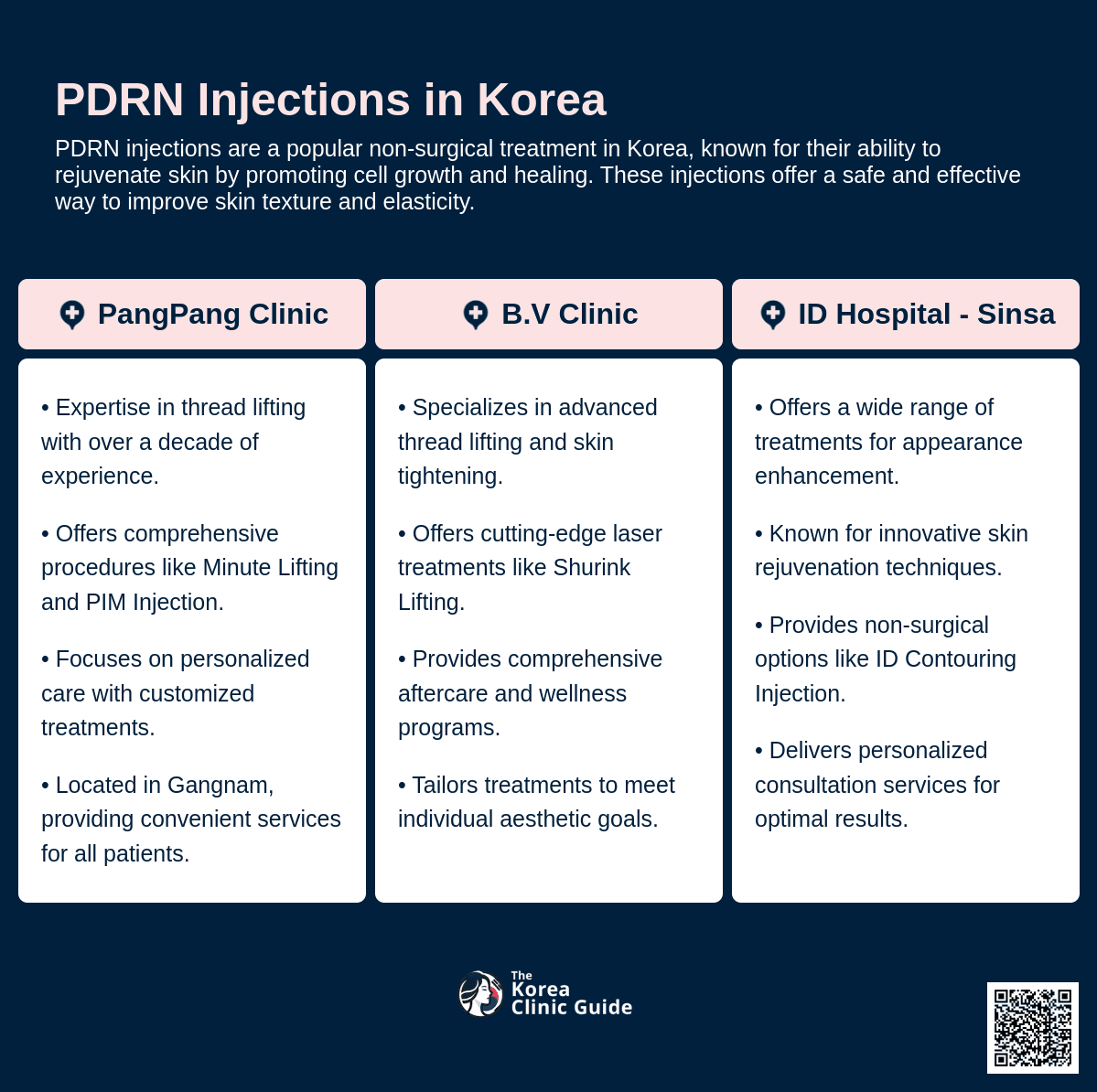
Polynucleotide (PDRN) Injection is a regenerative medicine treatment that has gained popularity in Korea for its efficacy in skin rejuvenation and healing. PDRN, derived from salmon DNA, stimulates cellular repair and promotes tissue regeneration, making it an attractive option for those seeking anti-aging solutions or recovery from skin damage.
The Consultation Process
Before undergoing a PDRN injection, you will first need to have an in-depth consultation with a qualified dermatologist or cosmetic surgeon. Koreans are renowned for their thorough medical consultations. During this initial meeting, the doctor will assess your skin condition, medical history, and treatment goals. Detailed explanations of the procedure, potential risks, and expected outcomes are provided to ensure you feel comfortable and informed.
Pre-Procedure Preparations
In preparation for the PDRN injection, you may be advised to avoid certain medications, such as blood thinners, which can increase the risk of bruising or bleeding. Additionally, alcohol and smoking should be avoided to optimize healing. Cleaning the skin thoroughly before the procedure is another critical step, which the clinic staff will assist with.
The Procedure Itself
On the day of the procedure, you will be escorted to a treatment room where your skin will be cleansed and sterilized. A topical anesthetic cream is often applied to minimize discomfort. However, the level of pain is generally low, as the needles used are very fine.
The PDRN solution is injected into the targeted areas using microinjections. Depending on the treatment area and your specific needs, the session can last between 30 minutes to an hour. Some patients may require multiple sessions to achieve the desired results, which will be discussed during the consultation phase.
Post-Procedure Care
After the injections, it is common to experience mild redness and swelling around the treated areas, which typically subsides within a few hours to a couple of days. Cold compresses and soothing ointments may be applied to expedite the healing process.
Patients are often advised to avoid intense physical activity, saunas, and hot baths for a few days following the procedure. Applying high-SPF sunscreen is crucial to protect the newly treated skin from UV damage. Hydration and a proper skincare regimen can further enhance the results.
Expected Results
Improvements in skin texture, elasticity, and overall appearance are generally noticeable within a few weeks. Because PDRN promotes natural skin regeneration, the results are long-lasting, though periodic maintenance treatments are often recommended to sustain the effects.
Cost of PDRN Injection in Korea
The rising popularity of PDRN injections in Korea stems from their effectiveness in skin rejuvenation, healing, and anti-aging treatments. However, before deciding to undergo this treatment, it is crucial to understand the overall costs involved.
PDRN Injection Costs
The cost of PDRN (Polydeoxyribonucleotide) injections varies based on the clinic, the expertise of the medical professional, and the specific treatment protocol. On average, the price for one session of PDRN injection in Korea ranges from ₩200,000 to ₩500,000 KRW (approximately $170 to $420 USD). Some luxury clinics or high-end dermatological centers may charge more, depending on the level of service and additional treatments offered.
Typically, multiple sessions are recommended for optimal results, so patients should anticipate higher overall costs if a series of treatments is necessary.
Travel Expenses
Planning a medical trip to South Korea involves evaluating various travel expenses, including airfare, accommodation, transportation, and daily allowances.
Airfare
Round-trip tickets from major international hubs to Seoul typically range from $600 to $1,200 USD, depending on the season, airline, and class of service. Budget airlines and occasional promotional fares may offer lower prices.
Accommodation
Accommodation costs can vary substantially based on location, type of lodging, and duration of stay. Budget travelers might find hostel or guesthouse rates in Seoul starting at $30 to $50 USD per night. Mid-range hotels generally charge $70 to $150 USD per night, while high-end hotels and luxury accommodations can exceed $200 USD per night.
Transportation
Public transportation in Korea is both efficient and affordable. A one-way subway or bus fare usually costs around ₩1,250 to ₩1,450 KRW (approximately $1 to $1.20 USD). Taxis are more expensive, with starting fares of around ₩3,800 KRW (around $3.20 USD) for the first 2 km, and additional costs for longer distances.
Daily Expenses
Daily expenses for meals, shopping, and tourist activities can vary widely based on personal preferences. Budget-friendly meals can be found for $5 to $10 USD, while dining at mid-range restaurants may cost $15 to $30 USD per meal. Additional costs for sightseeing, shopping, and other activities should also be considered.
Additional Costs
In addition to the direct expenses mentioned above, potential patients should also consider the cost of travel insurance, local SIM cards or data plans, and any miscellaneous expenses that may arise during the trip.
Understanding these costs will help you better plan for your medical tourism journey to Korea, ensuring a smooth and financially manageable experience while receiving high-quality PDRN injections.
Alternatives to PDRN Injection
1. PRP (Platelet-Rich Plasma) Therapy
PRP therapy uses the patient’s own blood to promote healing and regeneration. Blood is drawn from the patient and processed to create a concentrated sample of platelets, which are then injected into the targeted area. Platelets contain growth factors that can expedite tissue repair and reduce inflammation. This treatment is commonly used for joint injuries, tendon problems, and certain skin conditions.
2. Stem Cell Therapy
Stem cell therapy involves the use of undifferentiated cells, which have the potential to develop into various cell types, to repair and regenerate damaged tissues. Stem cells are typically harvested from the patient’s bone marrow or adipose (fat) tissue. Upon injection, these cells can differentiate and promote the healing of the affected area. This method is particularly valuable in treating orthopedic injuries, arthritis, and certain degenerative conditions.
3. Hyaluronic Acid Injections
Hyaluronic acid injections are commonly used to treat joint disorders, particularly osteoarthritis. Hyaluronic acid is a naturally occurring substance in the body's connective tissues and is a major component of synovial fluid, which lubricates and cushions joints. Injecting hyaluronic acid into affected joints can alleviate pain, improve joint function, and slow the progression of arthritis. This treatment is also popular in aesthetic medicine for skin hydration and volume restoration.
Conclusion
In conclusion, PDRN injections have emerged as a revolutionary treatment in Korea, offering a multitude of therapeutic benefits ranging from skin rejuvenation to enhanced healing processes. The growing popularity and widespread adoption of this treatment underscore its efficacy and safety, providing patients with a viable option for natural regeneration and anti-aging solutions. As research continues to support the advantages of PDRN, it is likely that this therapy will become even more integral to both aesthetic and medical practices in Korea and beyond. The country's advanced medical infrastructure and commitment to innovative healthcare solutions ensure that PDRN injections will remain at the forefront of regenerative medicine, benefiting countless individuals seeking improved health and well-being.
